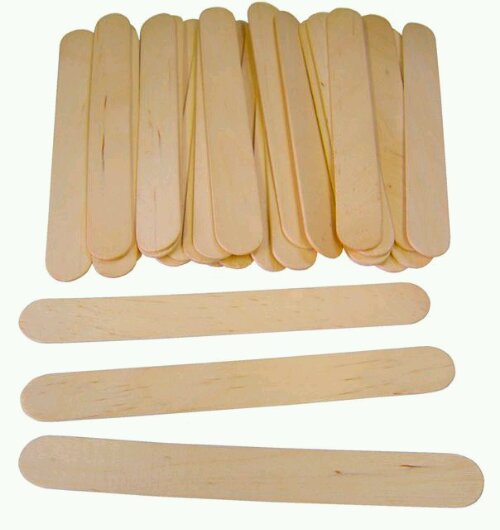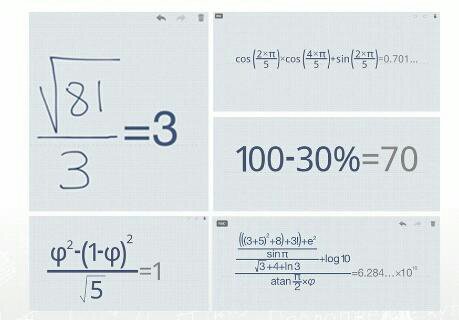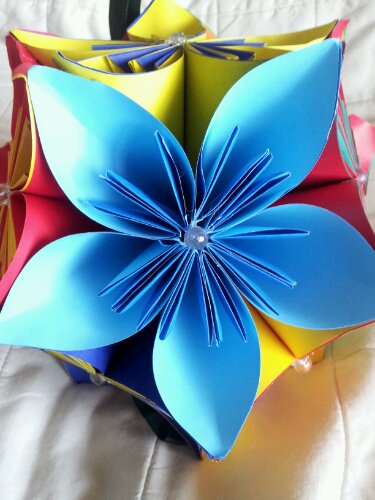How do you keep the pupils’ focussed on a peer’s explanation in a big classroom?
If a pupil is solving a problem on the board at the front, some of the class see this as an opportunity for low-level disruption. They often don’t see it as inappropriate behaviour and dealing with it can be off-putting for the pupil at the front. What to do?

Equipment
A class set of named lolly sticks
Lolly sticks aren’t a new idea, but this is a different way to use them.
Activity
Set out the lolly sticks in teams face down on the desk, depending on the number of questions.
So an activity with 5 questions and 30 pupils would have 6 pupils per question. It doesn’t matter if the final team needs more pupils.
Set the first question. Give the class thinking time.
Randomly select a team by turning over one lolly stick. That person comes to the front to answer the question. The rest of the team are lifelines – if the team leader gets stuck, he/she can turn over a lifeline and ask for help. At the end of the question, the unused sticks remain face down.
Next question? Select the next team.
Why it works
No-one knows who will be called upon to contribute next, so everyone (who hasn’t yet contributed) must pay attention.
Hint
If your last team is short on lifelines, they can select any face down lolly stick.
I’ve used this with Y11 set 3/4 and it worked a treat, with everyone focussed on the task.
Like this:
Like Loading...









